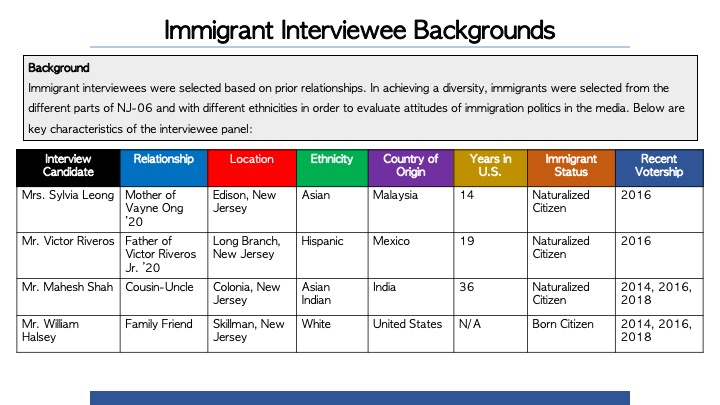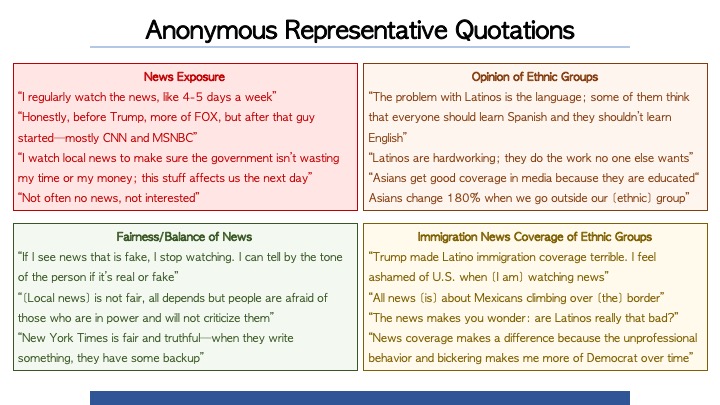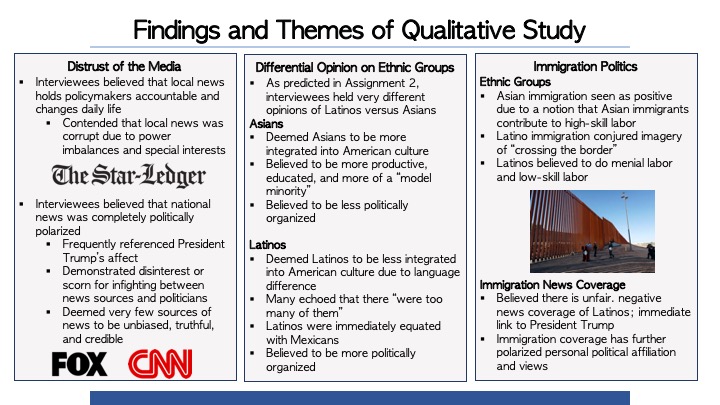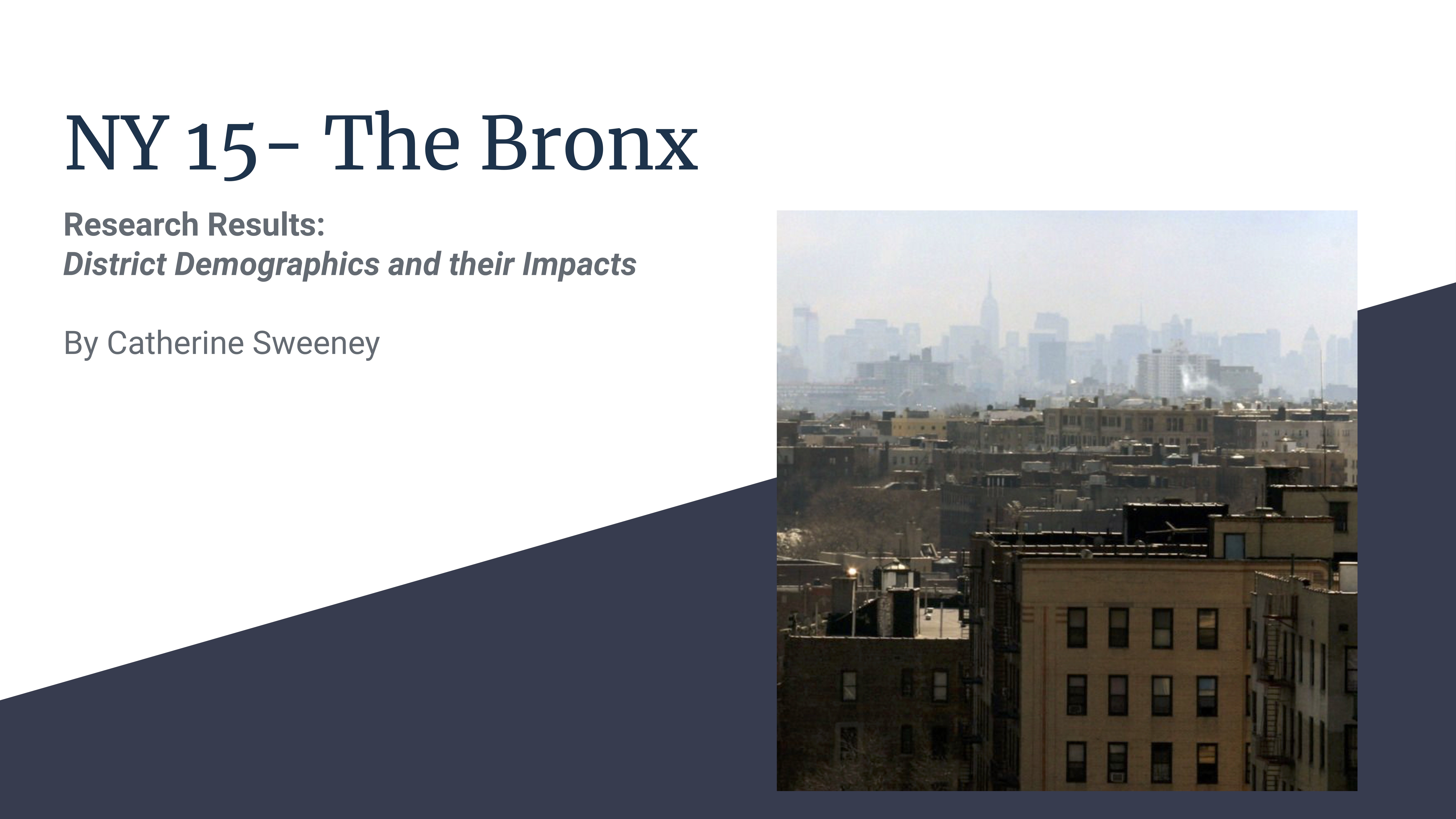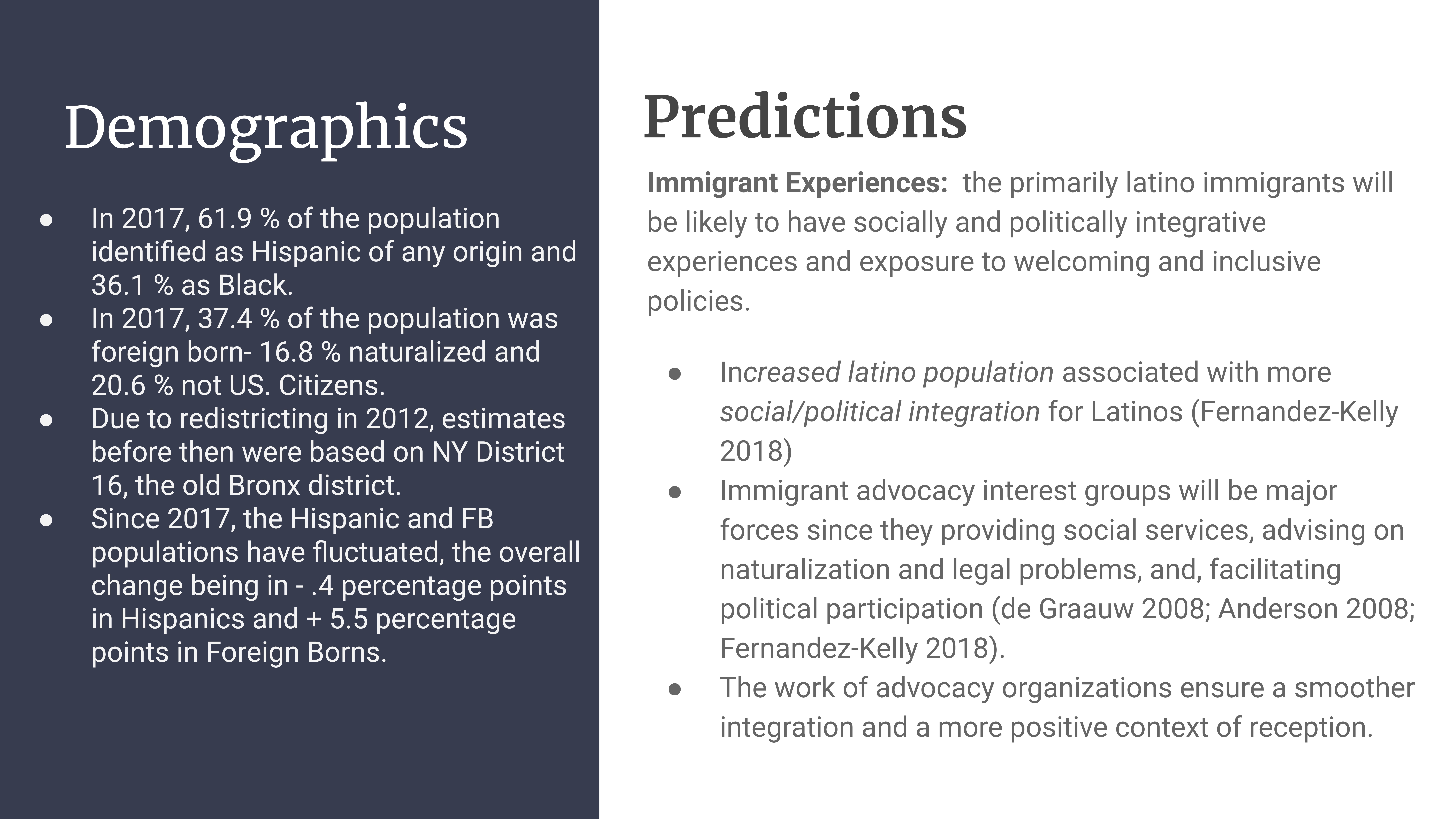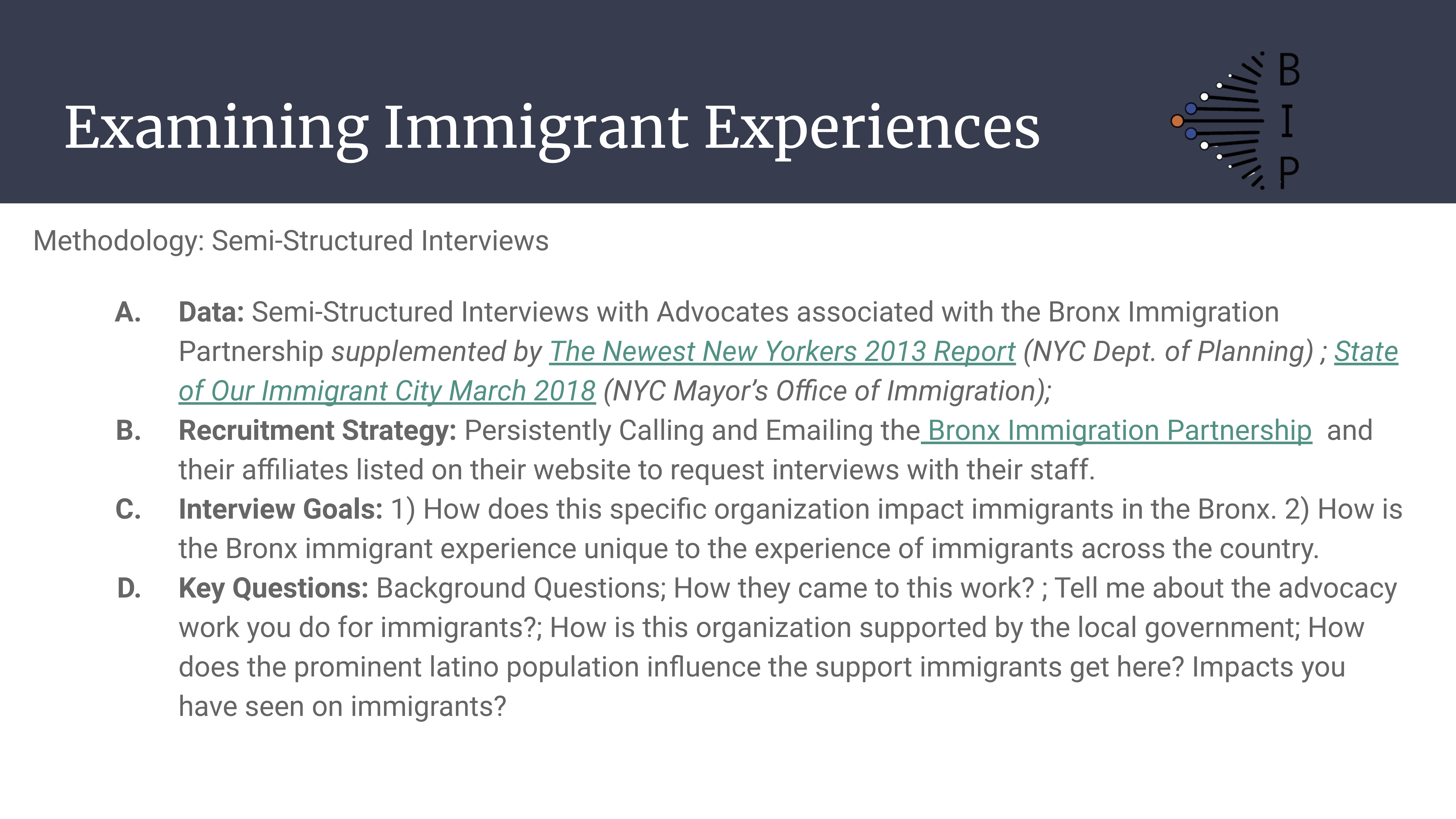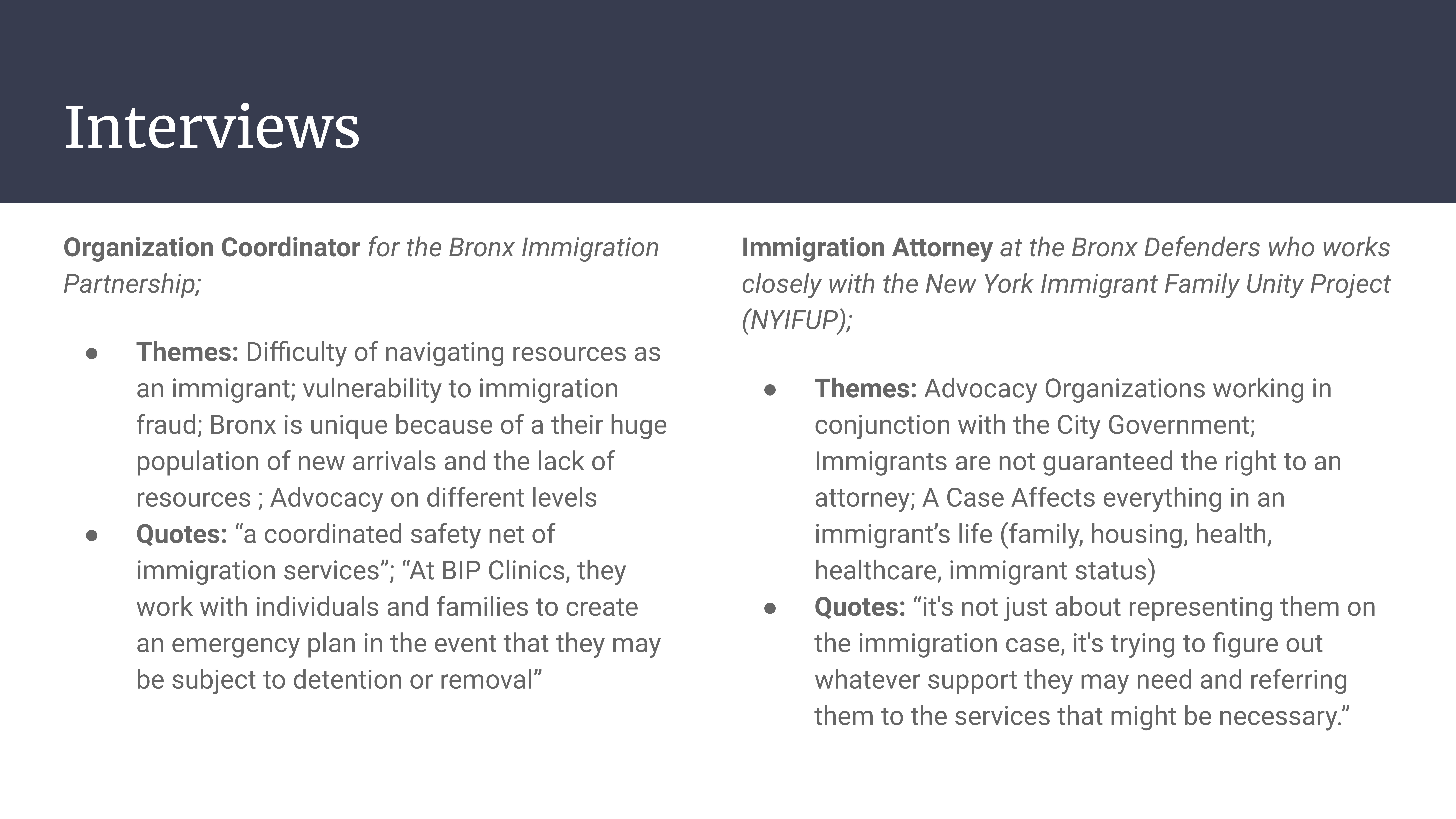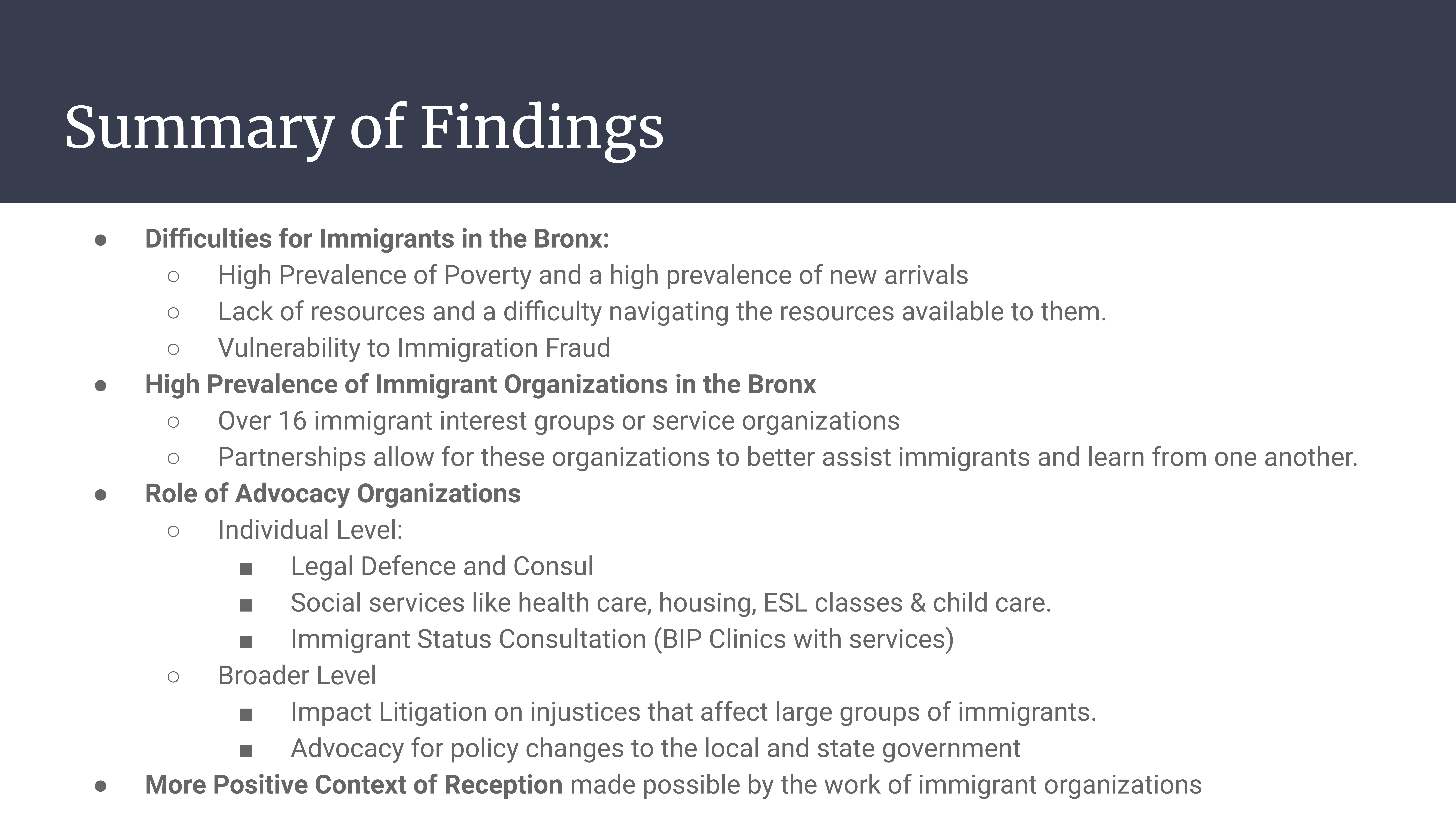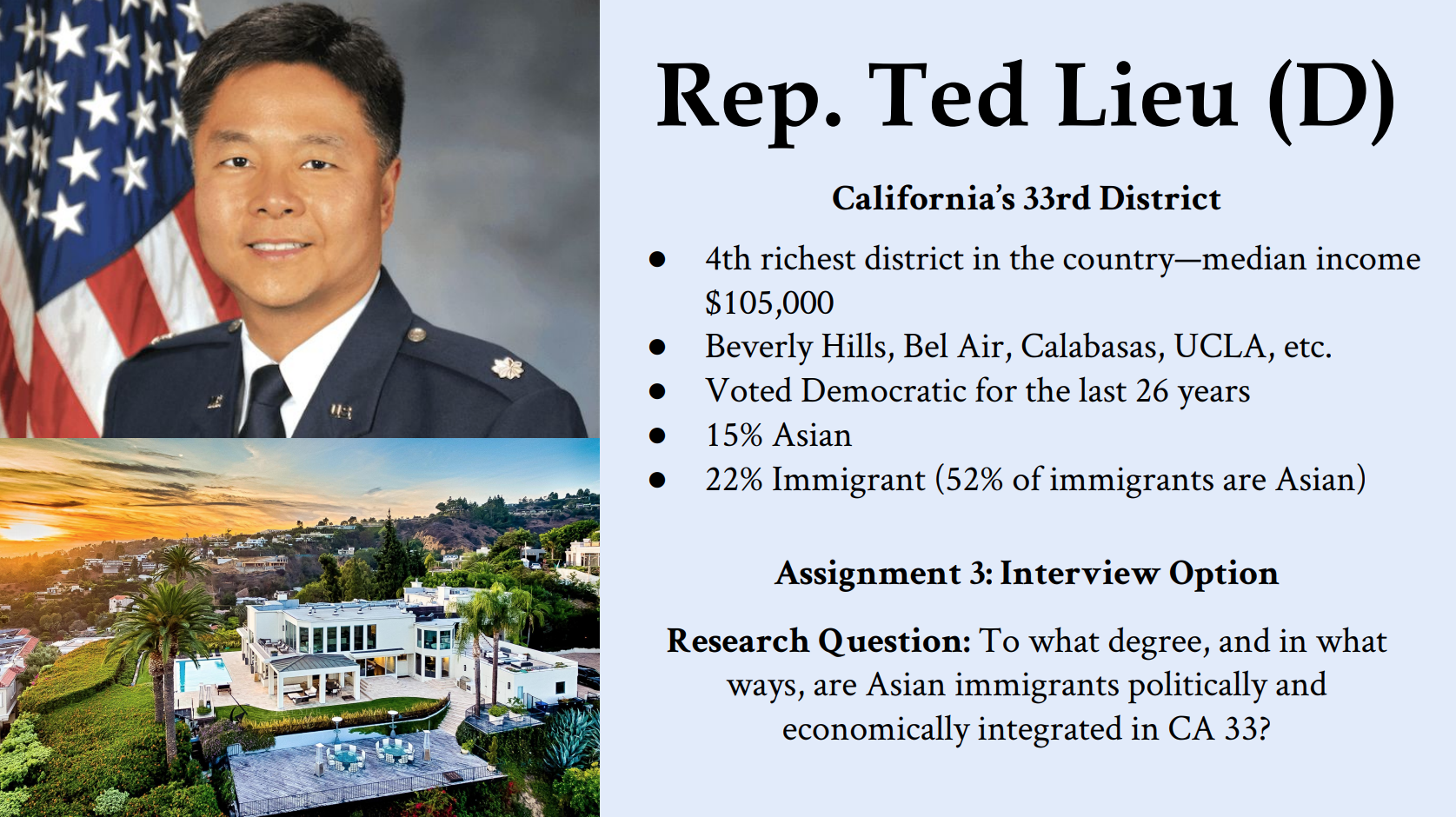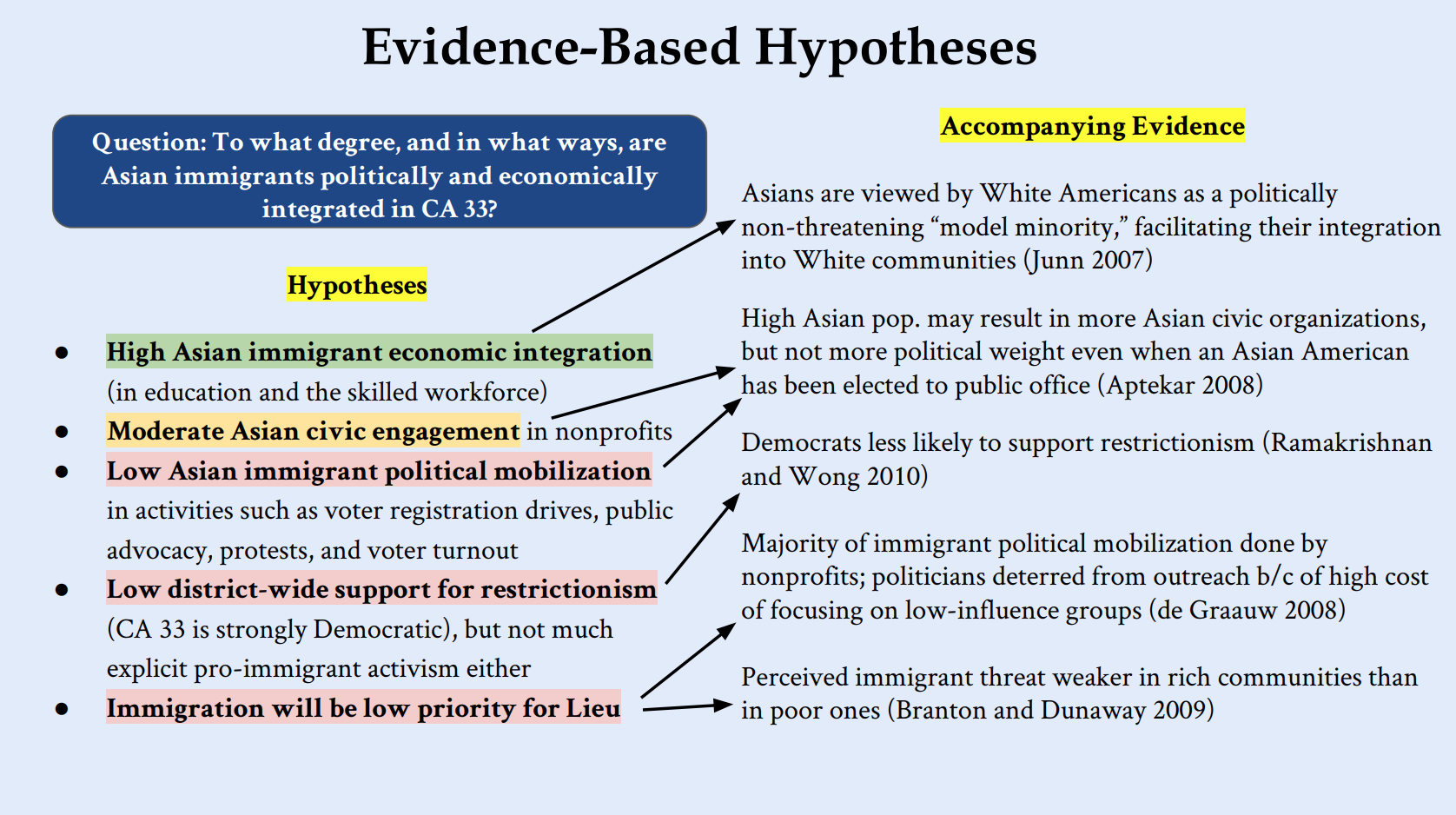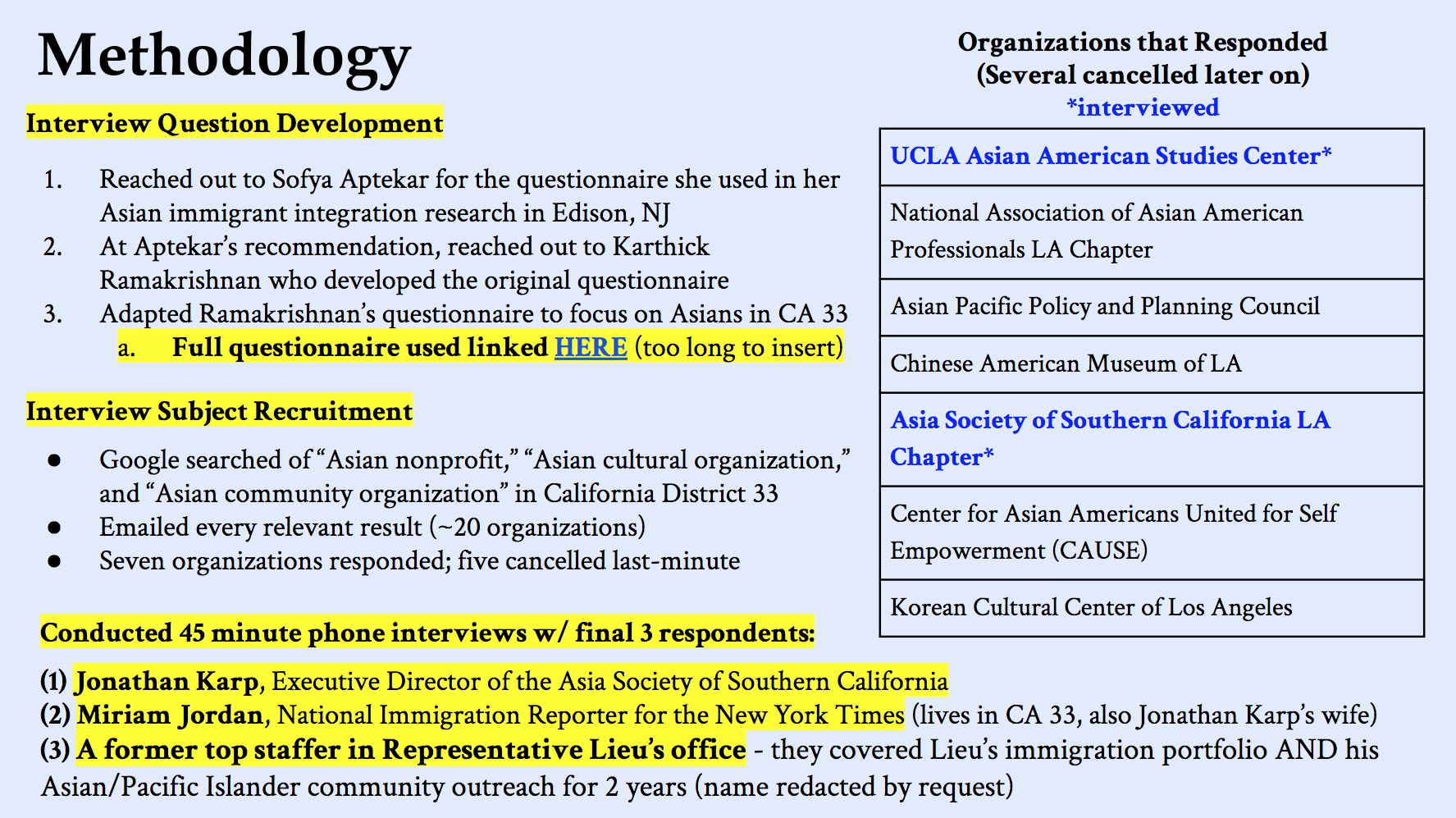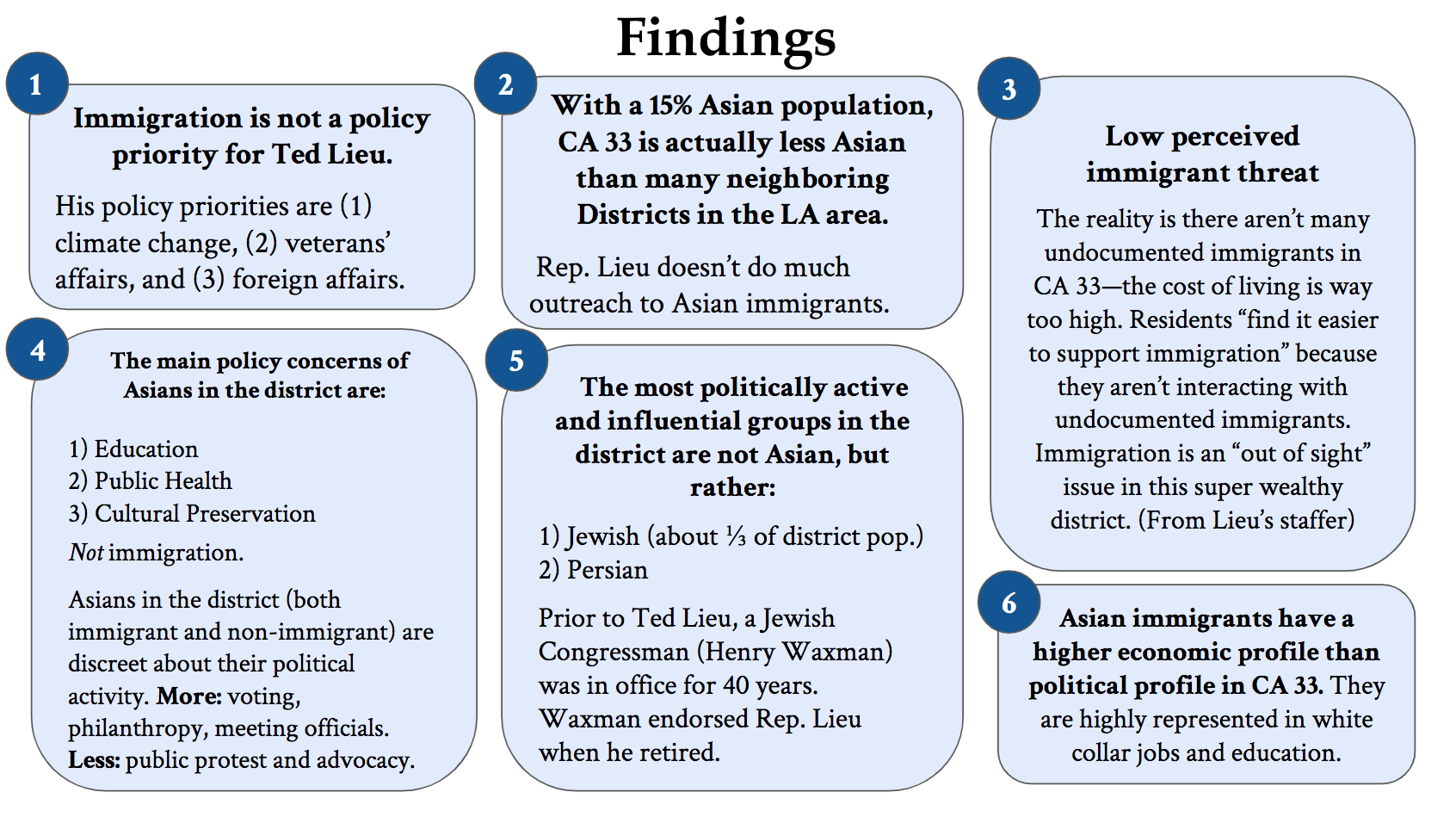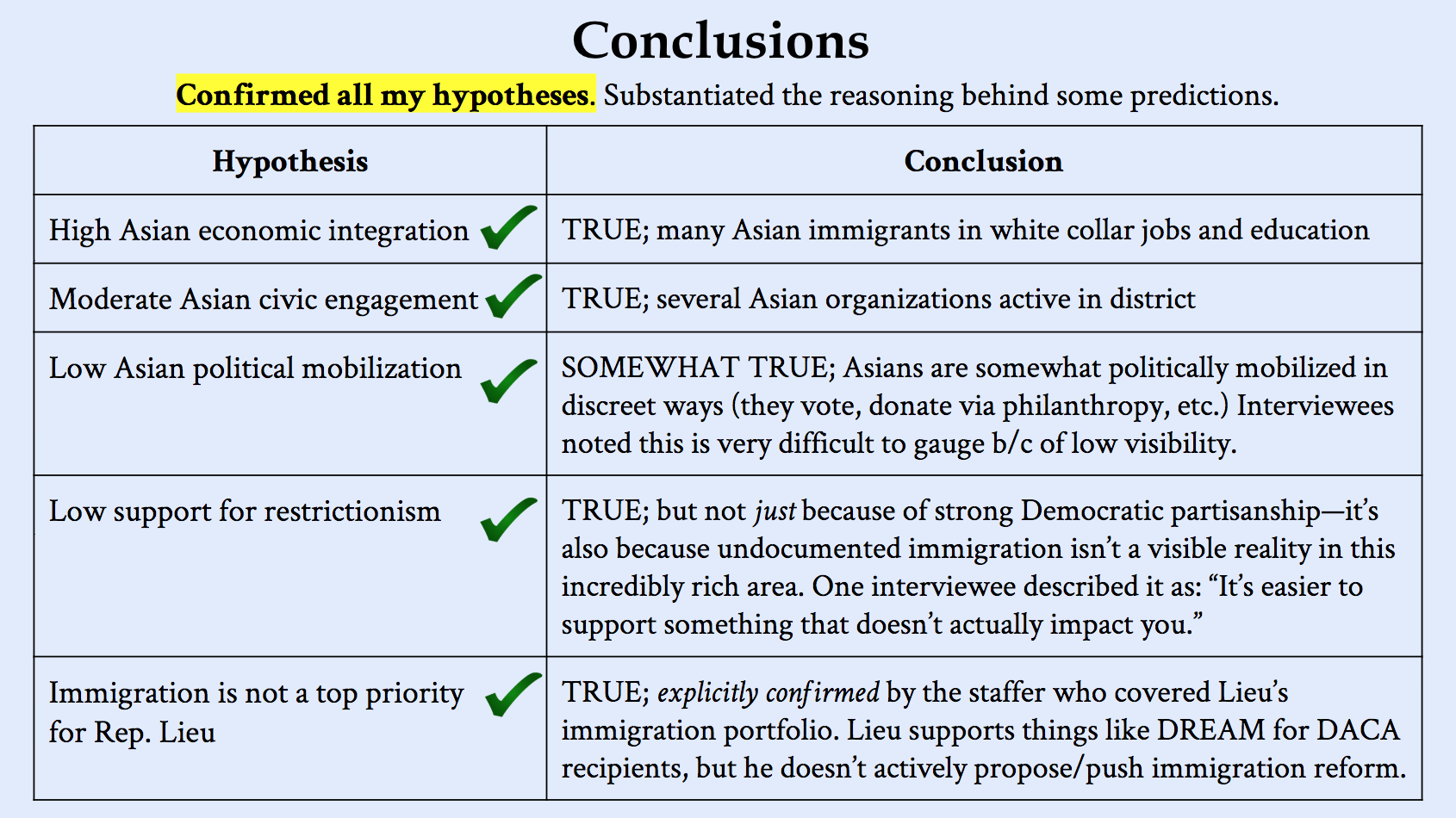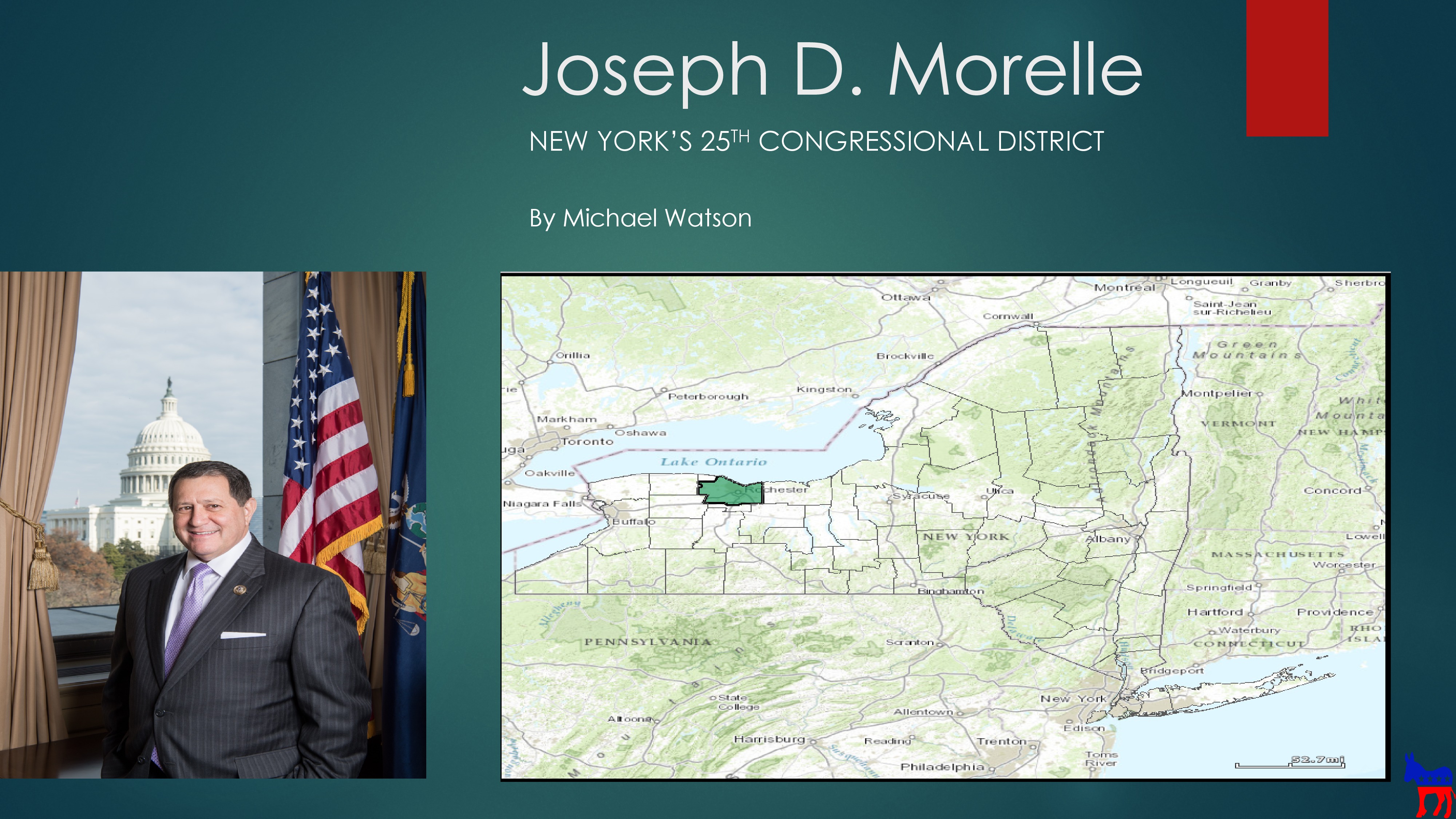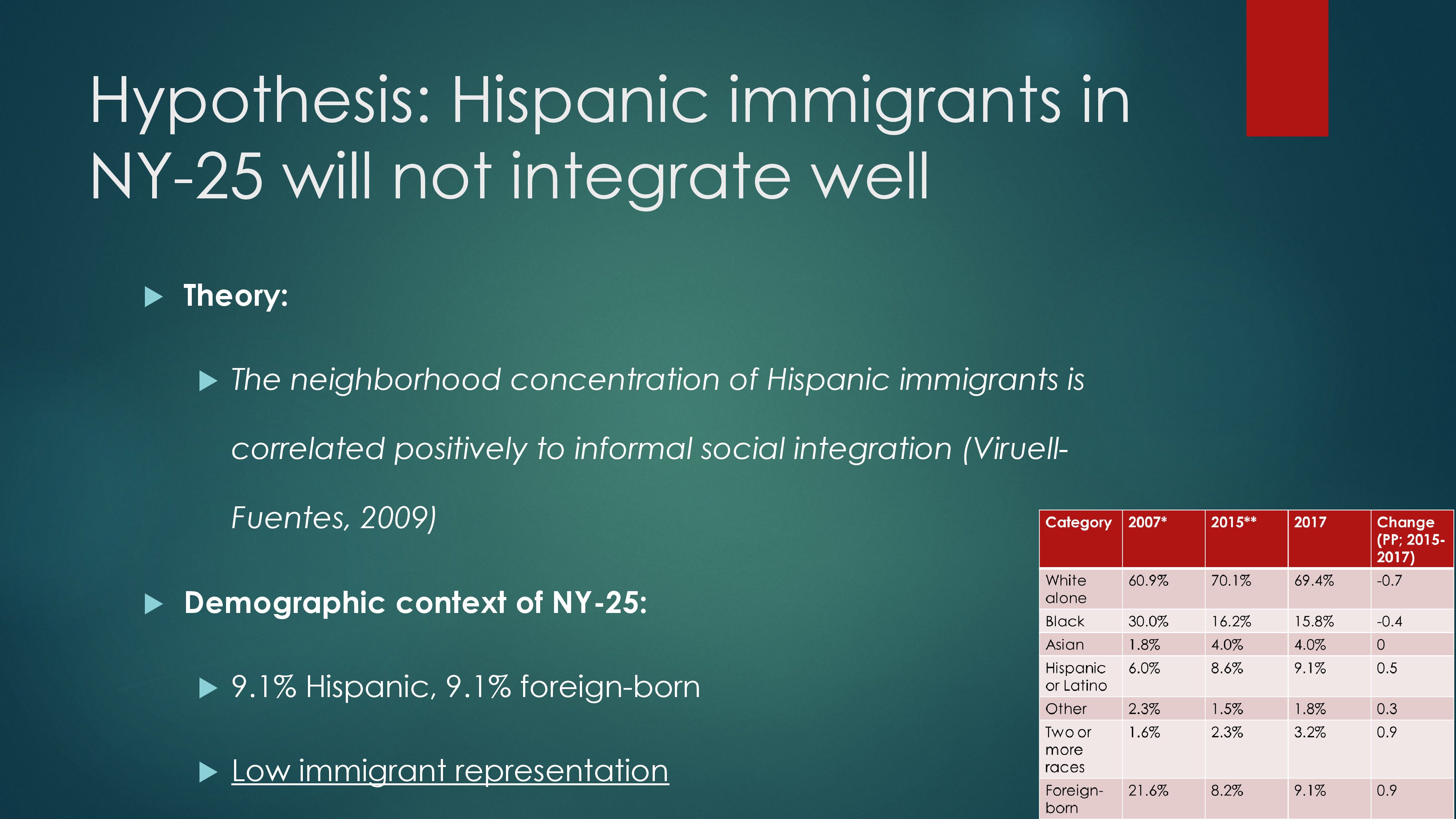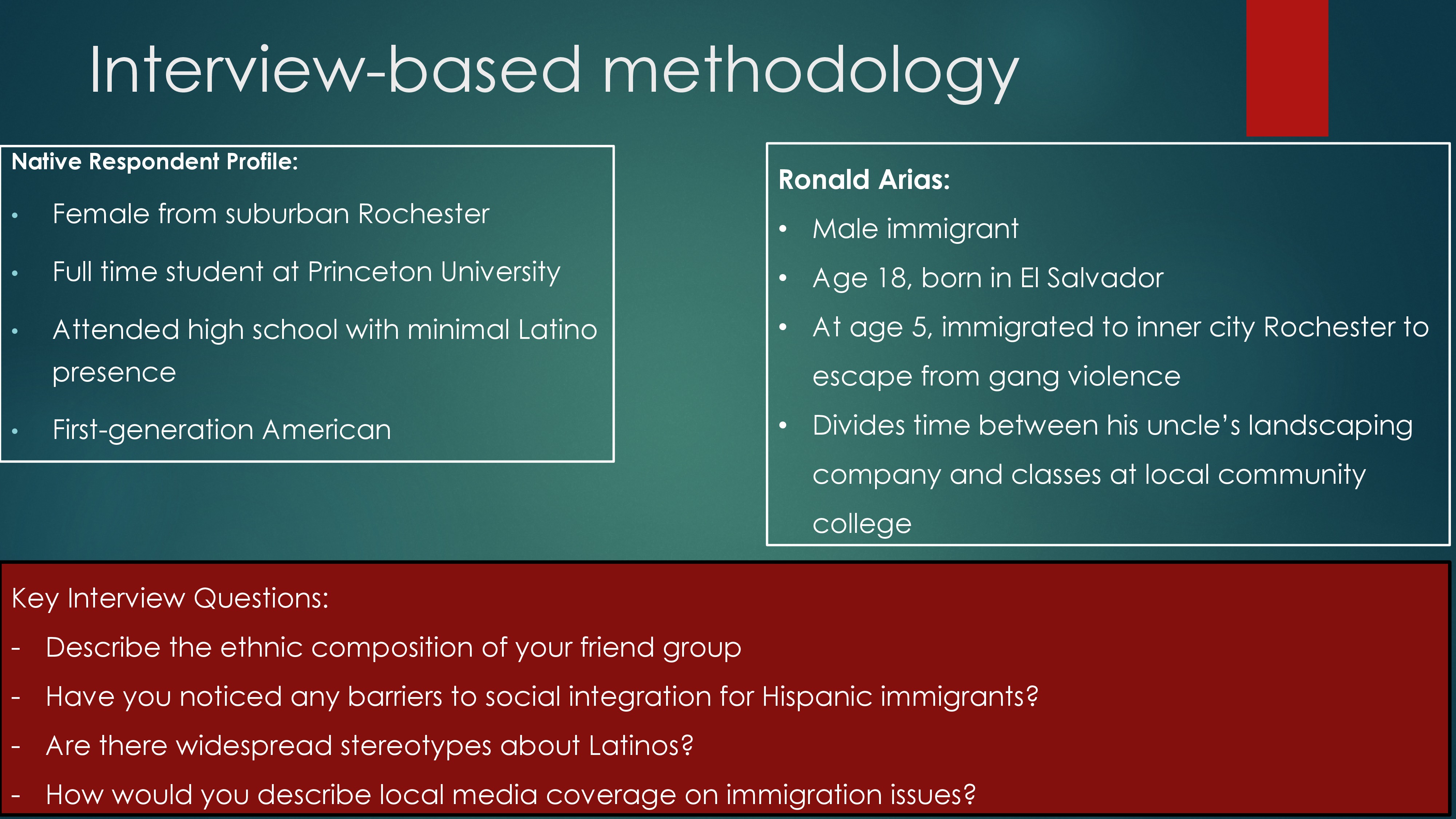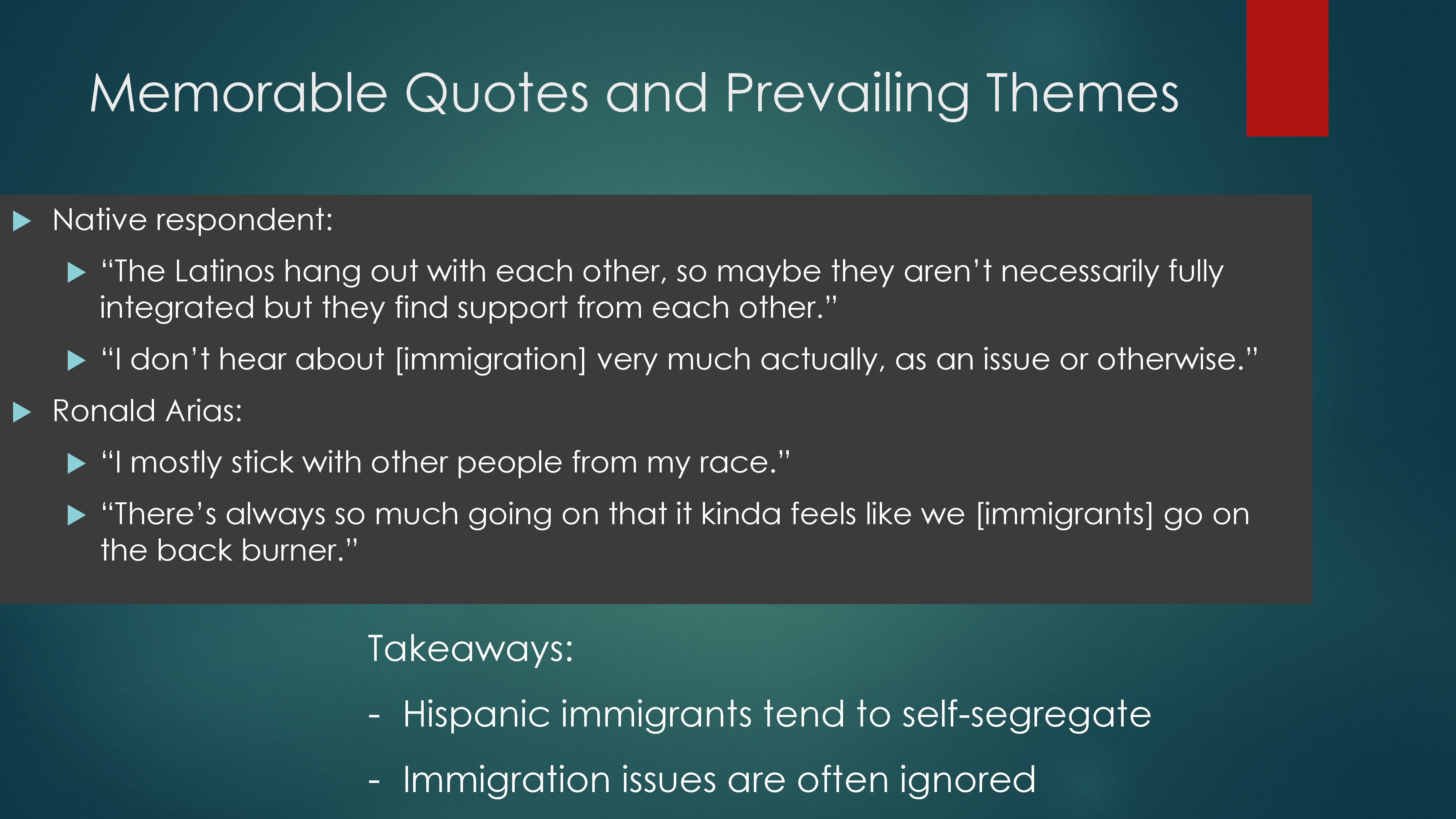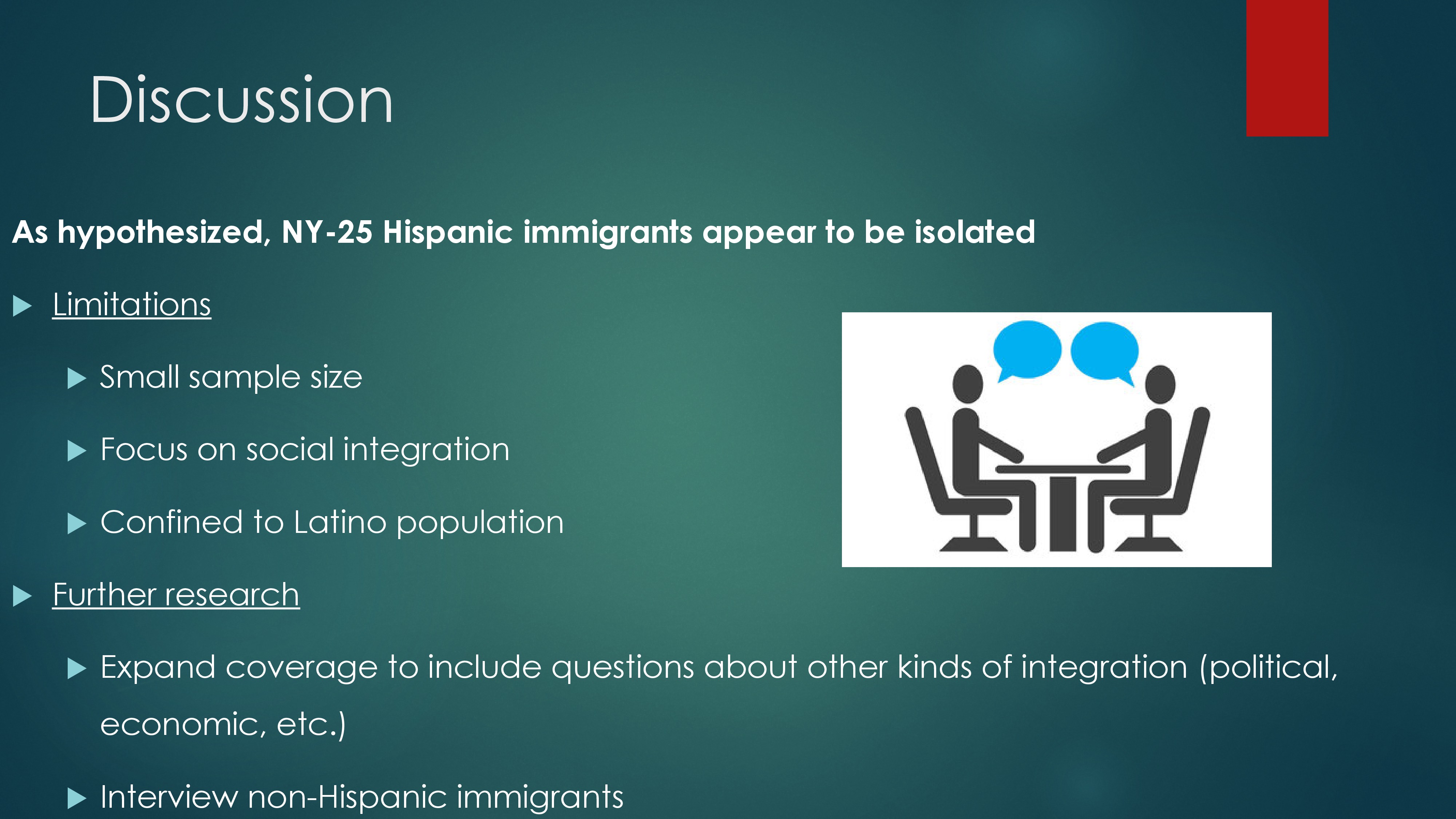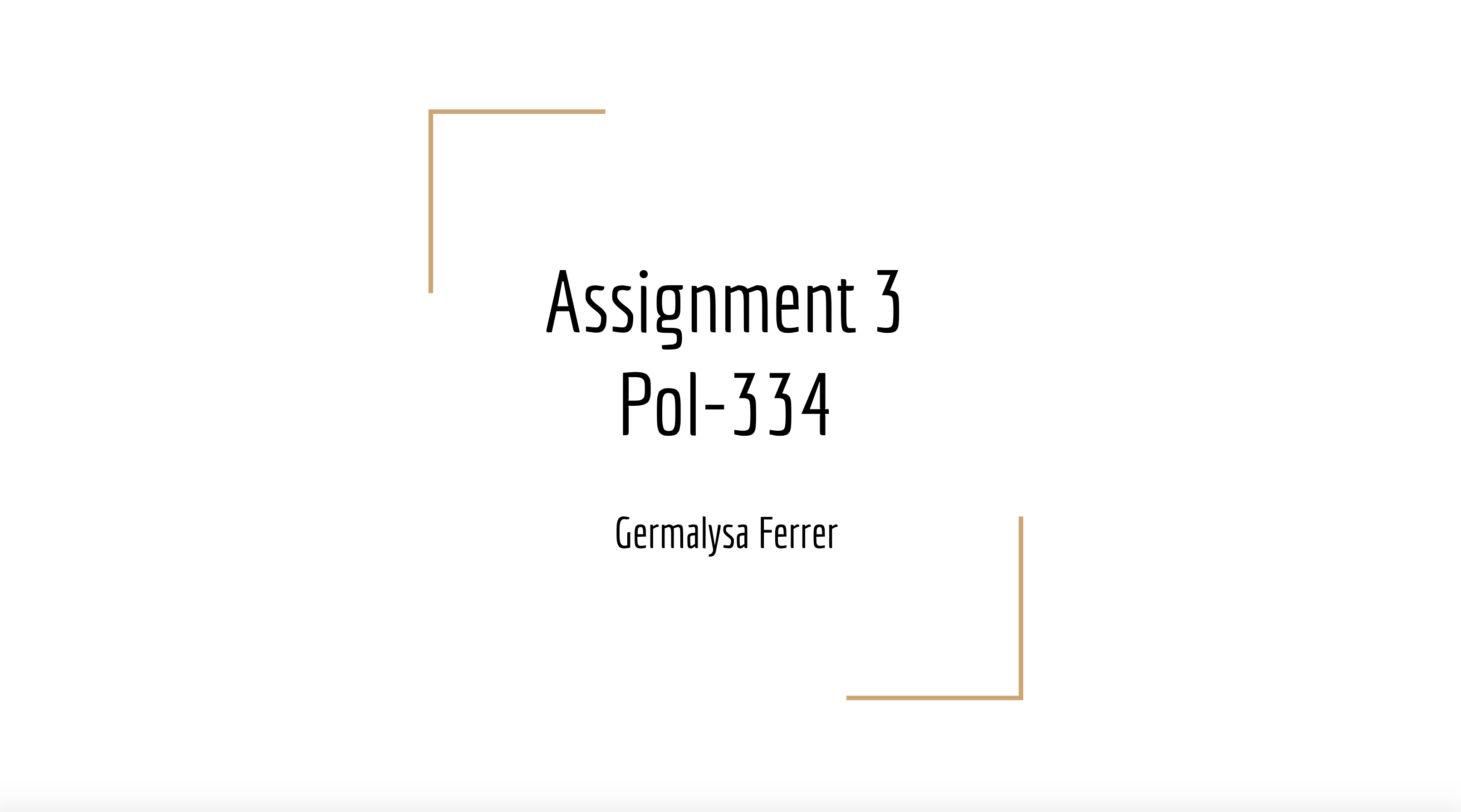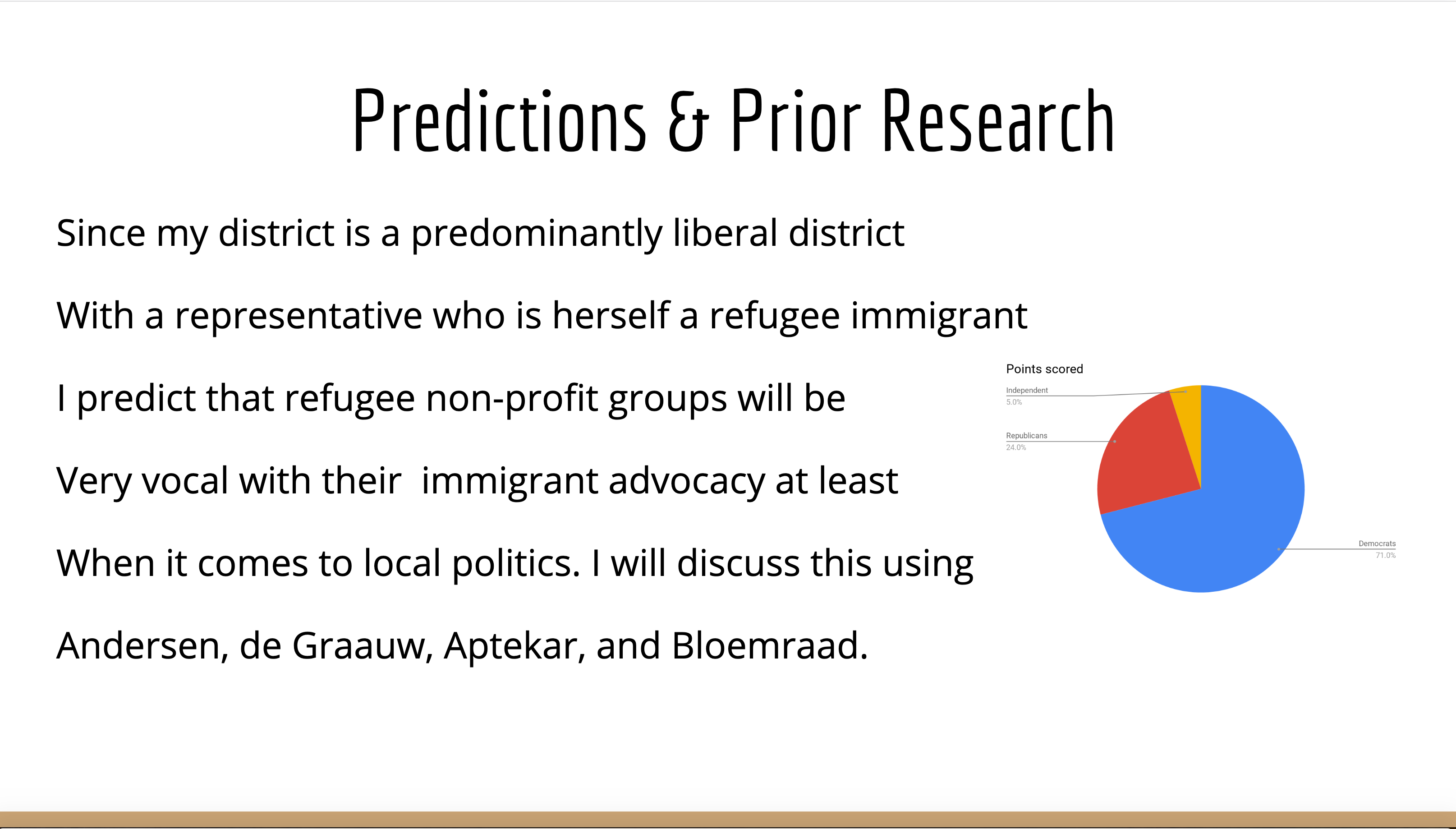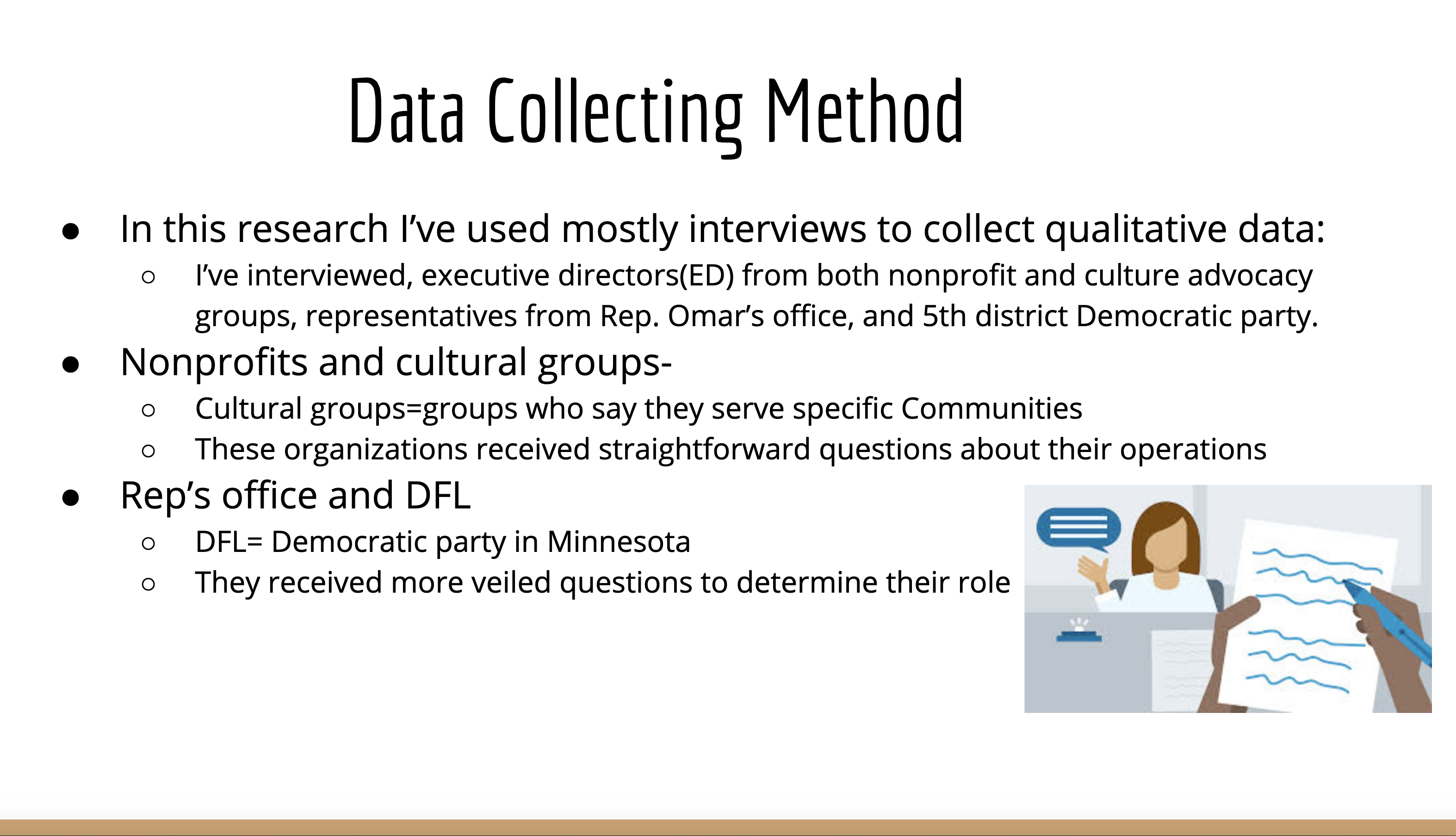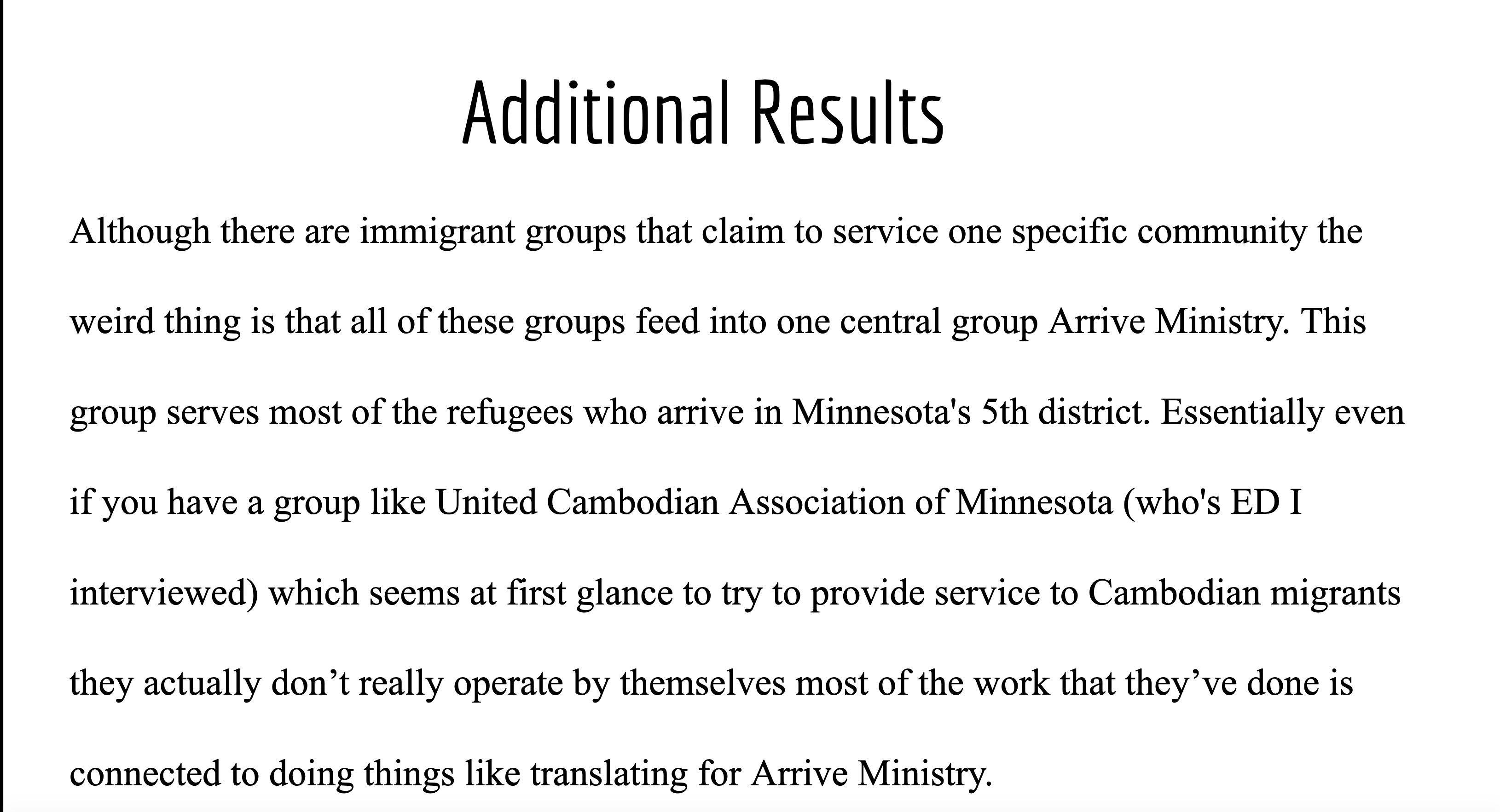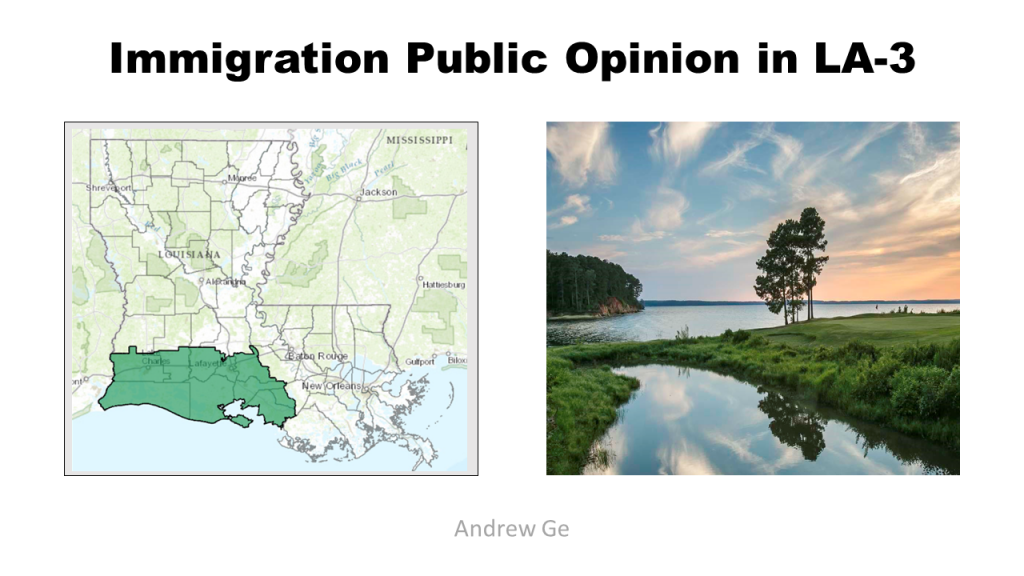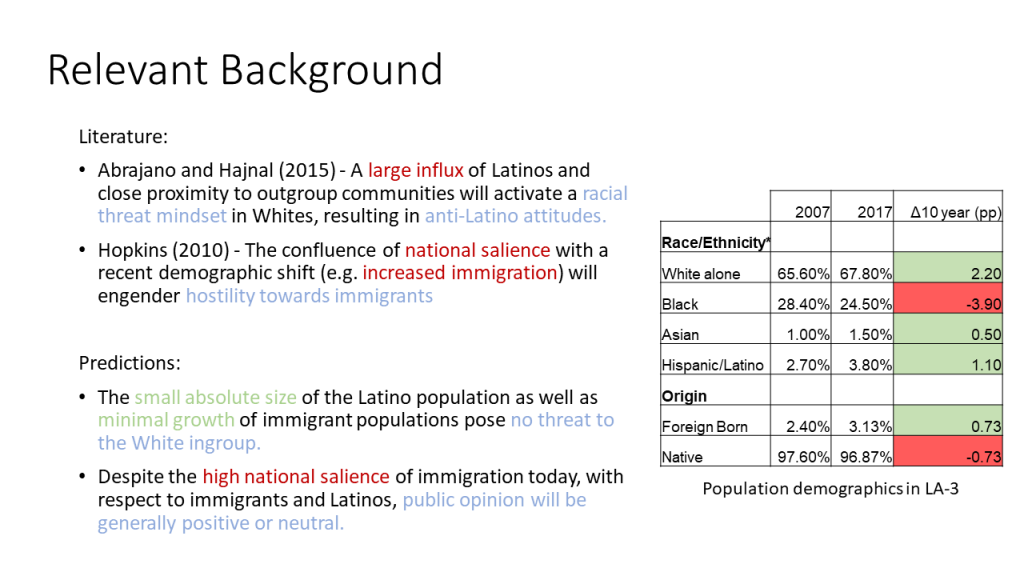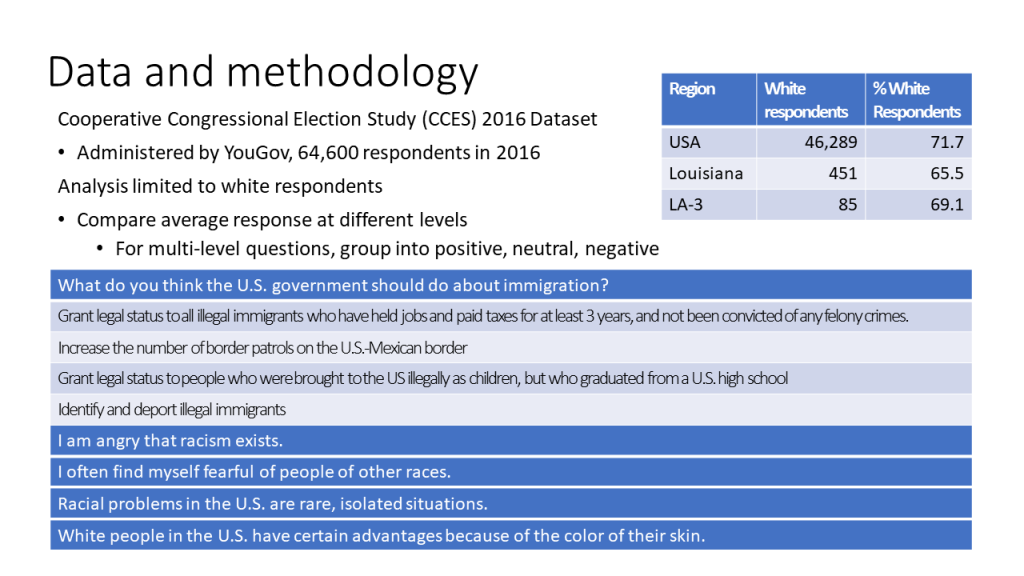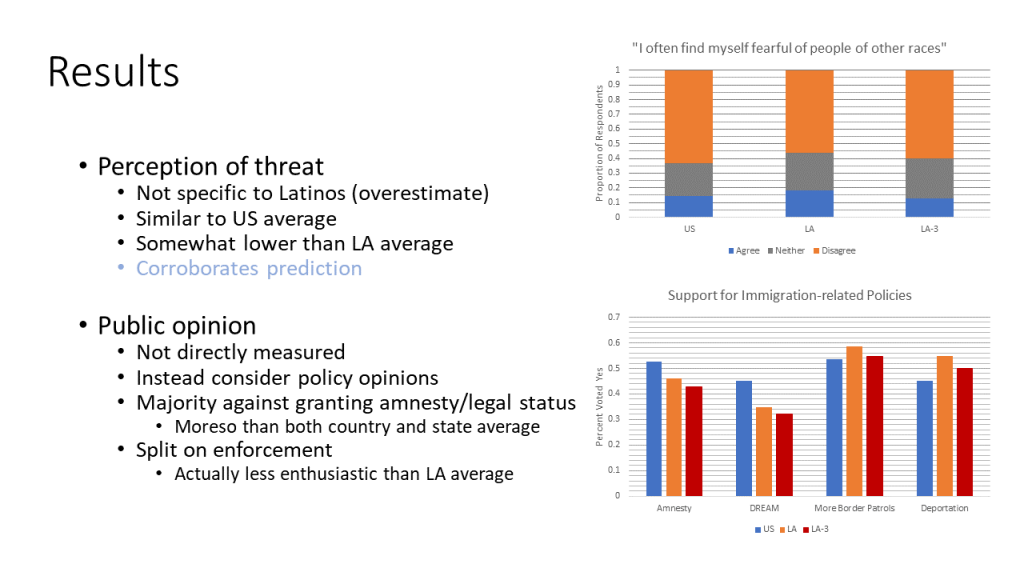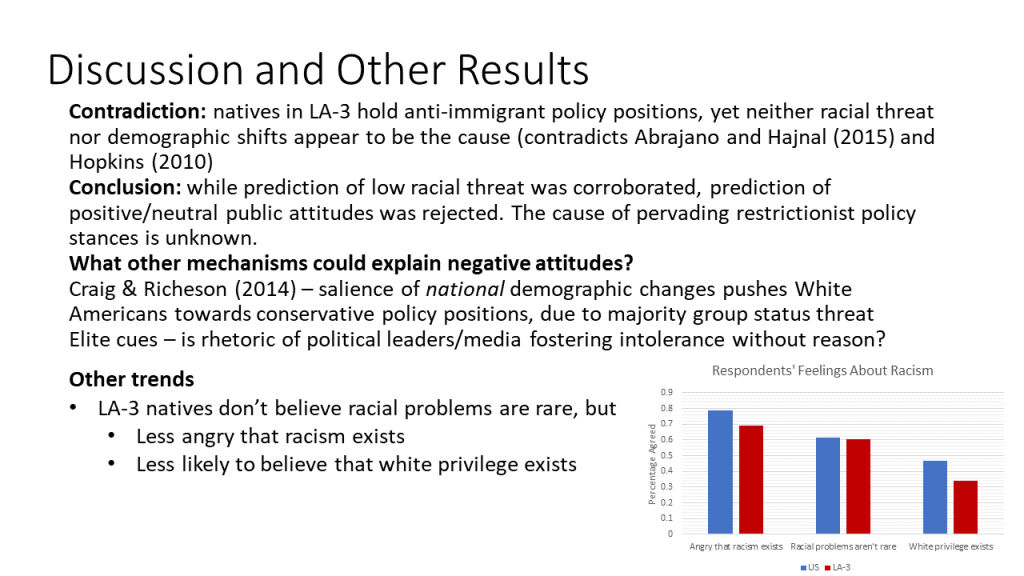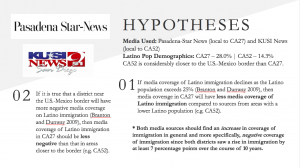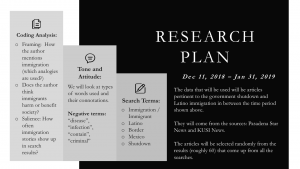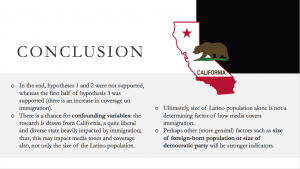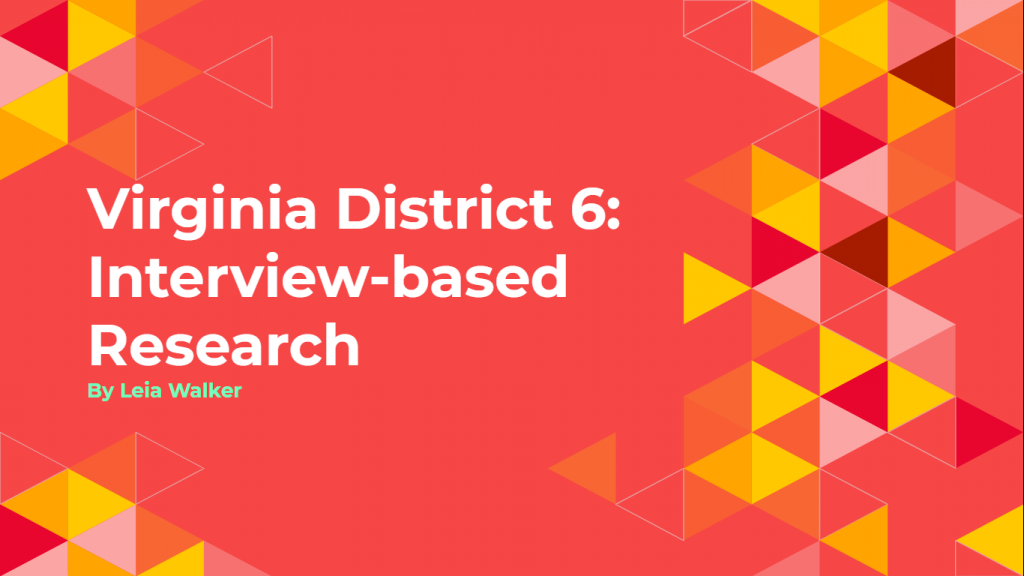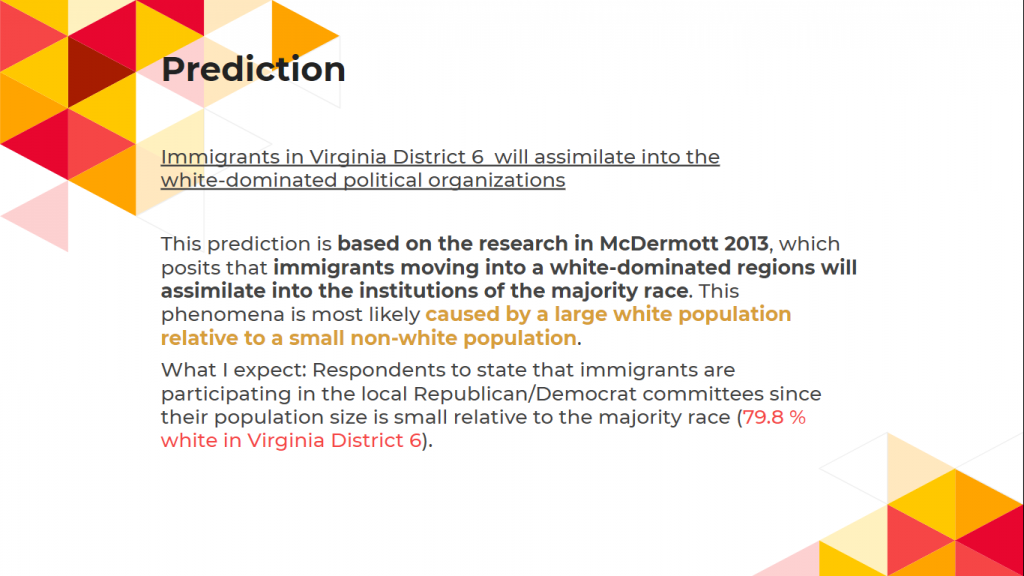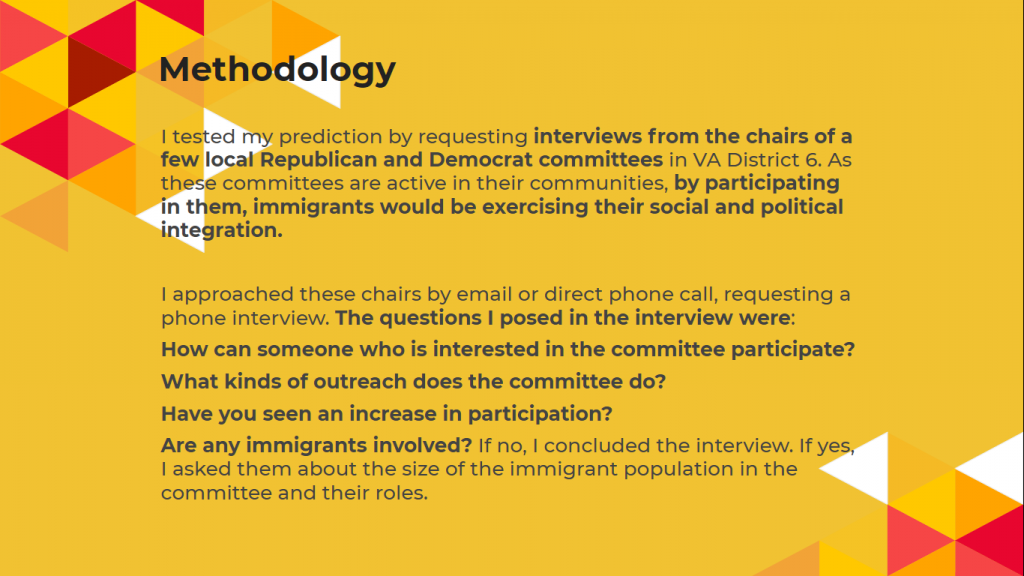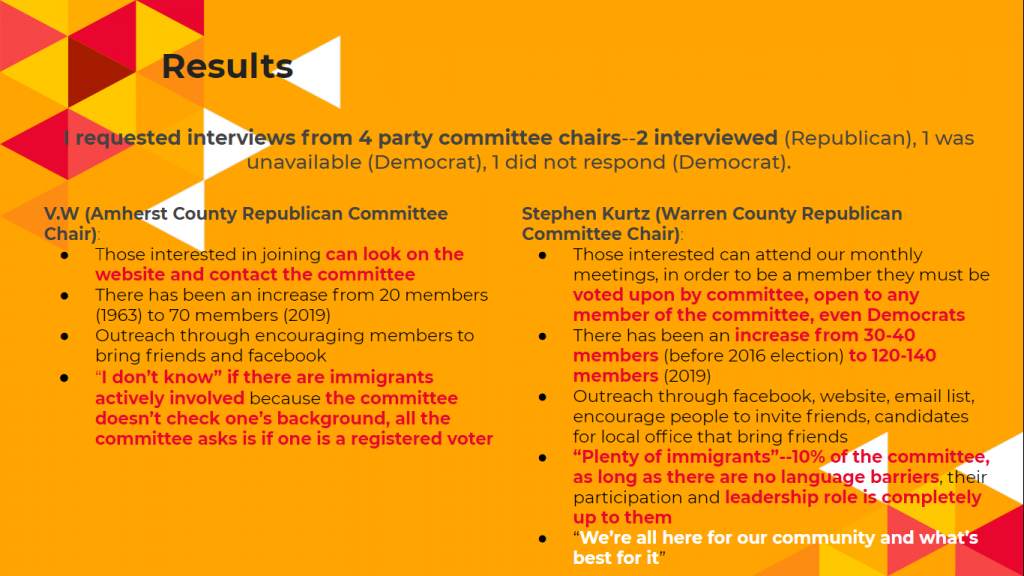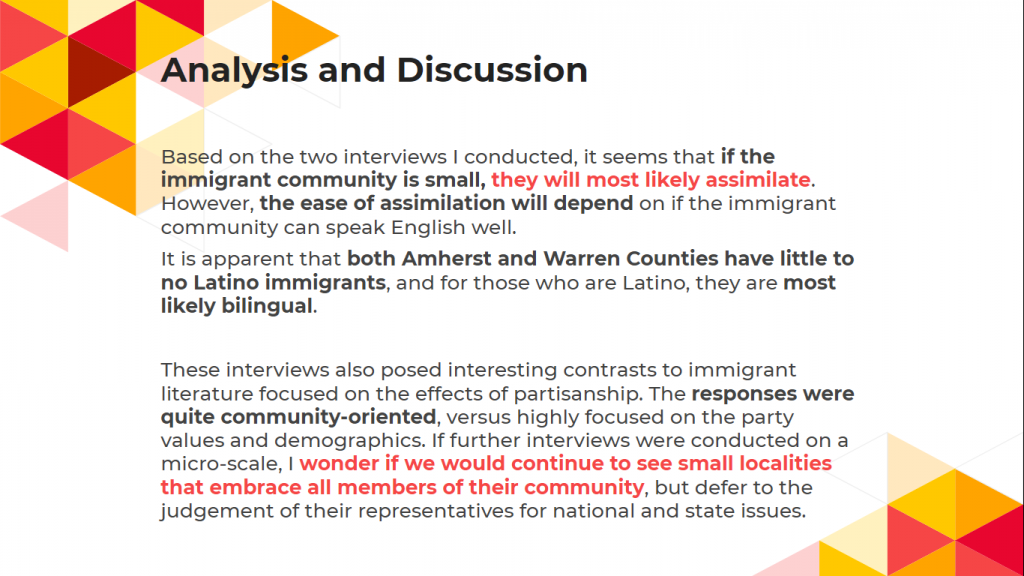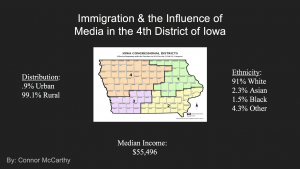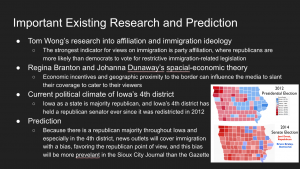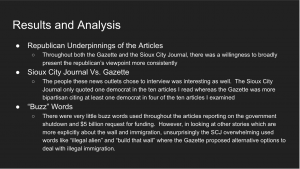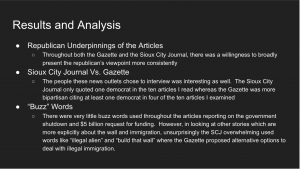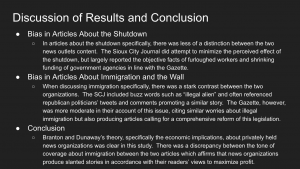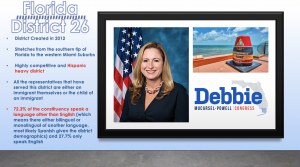
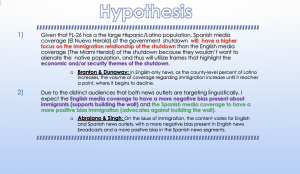
Slide #1:
Hypothesis FL-26 is characterized as a Hispanic heavy district with 72% of the population identifying as Hispanic or Latino. The literature indicates that large Hispanic populations will most likely lead to more Latino-related issues covered in local media outlets. Additionally, 27% of the people in the district speak only English, which means that the majority of the people speak another language or are bilingual and given the districts demographics, that other language is most likely Spanish. Research suggests that based on these characteristics—the large Hispanic population and the language(s) spoken in the district— in FL-26, there will be more people seeking Spanish news in addition to English, which according to Abrajano and Singh results in the majority of the people in the district accessing news with more pro-immigrant sentiments. With this in mind, for my media content analysis, I’ll examine the coverage of the federal government shutdown and border wall funding debate in two local news sources, one in English and one in Spanish. I predict that the Spanish media coverage of the government shutdown will have a higher focus on the immigration relationship of the shutdown than the English media coverage of the shutdown because the English media wouldn’t want to alienate the native population, and thus will utilize frames that highlight the economic and/or security themes of the shutdown. I make this hypothesis based on Branton and Dunaway’s findings that support how ethnic context is significantly related to newspaper coverage of immigration. The results in his study showed that as the county-level percent Latino increases, the volume of coverage regarding immigration increase until it reaches a point, where it begins to decline. Additionally, I hypothesize that due to the distinct audiences that both newspapers are targeting linguistically, I expect the English media coverage to have a more negative bias present about immigrants, which in the context of the shutdown we can look at as support for building the wall. Furthermore, I predict that the Spanish media will have a more positive bias in their coverage of immigration (advocates against building the wall). I base this hypothesis off of Abrajano and Singh’s finding that when it comes to the issues of immigration, the content varies for English and Spanish news outlets, with more of a negative bias present in English news broadcasts and a more positive bias in Spanish news segments.
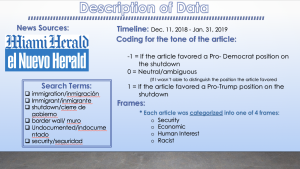
Slide #2:
Description of Data To test my predictions, I will use news articles published in The Miami Herald and El Nuevo Herald from December 11, 2018, to January 31, 2019. I chose these two news outlets, The Miami Herald and El Nuevo Herald, because I wanted to compare how they both covered the government shutdown given that they are both targeting two linguistically different audiences. One targets the native population that could feel threatened by the high Hispanic/Latino population in the district and the other targets Latinos and Latino immigrants themselves. Both of these outlets publish daily in South Florida, and it’s particularly interesting that they’re sister papers because this will show more clearly how the different audiences influence not only how the government shutdown is covered, but also what aspect of the shutdown is being more emphasized in both of these news outlets.
To identify and gather the relevant news articles, I used the following search terms:immigration/inmigración, Immigrant/inmigrante, shutdown/cierre de gobierno, border wall/ muro, undocumented/indocumentado, and security/seguridad. The articles were then classified and characterized in two ways, by tone and frame in an excel sheet that I created to keep track of all the articles. Methodologically I followed a similar approach to Branton and Dunaway’s count measure of the number of articles published per news organization per month that focus on Latino immigration, but instead, I did a count measure of the total numbers of articles posted by each news outlets during the timeline I mentioned earlier and the search terms. Then, to look at the tone, I coded the articles with either a -1, 0 or 1, following a similar method to that one used by Florine Evans in “The Content and Tone of the Media Coverage with regard to the Refugee Crisis in Dutch Popular and Quality Newspapers over time.” The article received a -1 if the article favored a Pro-Democrat position on the shutdown, which more or less meant an article that advocating against building the border wall and for a deal for the Dreamers. The article was coded as a 0 if the article took a neutral position and/or the article was ambiguous and I wasn’t able to distinguish the position the article favored. Finally, I coded with a 1 any article that favored a Pro-Trump position on the shutdown, which more or less supported building the border wall. I decided to analyze tone as pro-Trump or pro-Democrats, which is kind of a proxy for a positive or negative view on the shutdown. To look at the frames, I categorized each article into one of four frames: security, economic, racist and human interest. A security frame noted keywords/phrases like better/stronger border protection, threat, crisis and dangerous. If the article focused on the impact of the shutdown on local businesses and funding of the border wall, it was assigned the economic frame. I categorized articles as having a racist frame if it spoke negatively of immigrants using words like the “other” or “different.” And, then a human interest frame featured a “human face” and/or tried to emphasize how individuals and/or groups were being affected by the shutdown like the “dreamers.”
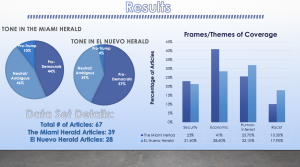
Slide #3:
Results The complete data set includes a total of 67 news stories, 39 from The Miami Herald and 28 from El Nuevo Herald. First, I’ll look at the results for the tone of the media coverage. In the Miami Herald, the local news outlet published in English, 46% of the coverage was neutral, 44% of the articles supported the pro-Democrats position on the shutdown, and 10% favored Donald Trump’s position on the shutdown. In the Spanish news outlet, El Nuevo Herald, 57% of the articles endorsed a pro-Democrat position on the shutdown, 39% of the articles reported neutral news and 4% supported a pro-Trump position. I think it’s important to note that in both news outlets, the news was reported from an unbiased perspective in the majority of the articles except in El Nuevo Herald, where the tone favored more the pro-Democrat position. I think the reason why a neutral tone is prevalent is that a lot of the articles that I analyzed, I noticed focused on data about previous shutdowns, statistics and just facts and updates about the shutdown. Also, looking back at my excel sheet, I noticed some overlap in articles characterized as having a neutral tone, also having an economic focus. I think this is the case because data-driven information is harder to skew in one way or another, so the results lead to a more neutral tone. However, it is also critical to notice how in the Miami Herald there were slightly more articles with a pro-Trump tone, although this tone was the minority in both news outlets. In regards to the frames/themes of coverage, the results indicate that the most frequently used theme in both news outlets were the economic and human-interest frames. The Miami Herald, almost half of the time, focused on the economic consequences/side of the shutdown, with a greater emphasis on it than in El Nuevo Herald. The frame most used by El Nuevo Herald was human-interest as they focused their coverage more on the people being affected by the shutdown, specifically dreamers, immigrants, and federal employees. The security theme was used almost equally in both news outlets. The racist frame was used the least out of all the frames, but it was utilized twice as much in El Nuevo Herald, and from what I noticed as I gathered the data, it was used to highlight Trump’s negative attitude towards immigrants, mainly Mexican and Latino immigrants.
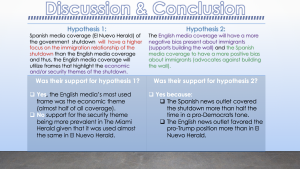
Slide #4:
Discussion and Conclusion My results support most of the claims I made in my first hypothesis. The results supported that the Miami Herald’s most used frame was the economic theme, but there was no support for my claim that the security theme would be more prevalent in the English news outlets given that it was used almost with the same frequency in the articles published by El Nuevo Herald. Referring back to the theoretical explanation that I built my hypothesis on, I believe there is some support here as well as to the behavior of the Miami Herald to support Branton & Dunaway’s claim that as the percent of Latino increases, the volume of coverage in English news outlets regarding immigration increases until it reaches a point of decline. I think the fact that most of the news in The Miami Herald is covered in a neutral tone possibly shows how a local newspapers in a largely Hispanic district with almost an even split in party identification tries to balance all of these characteristics not to alienate any group, because I mean their end goal is to make money. In regards to my second hypothesis, which focused more on the tone of the articles, there is support that in English media outlets there will be more negative bias about immigrants and in Spanish media coverage, there will be more positive bias about immigrants. The results showed how in El Nuevo Herald, more than half the articles published were from a pro-Democrats tone and in The Miami Herald, the pro-Trump position was favored more than in El Nuevo Herald. This aligns with similar findings in Abrajano and Sings research, although there was limited to television news segments. Overall, this research shows more evidence that the language that news is delivered in, given that it’s targeting a specific audience plays a role not only in regards to what content is covered by the news outlet but the tone and frame that the content is delivered in.

